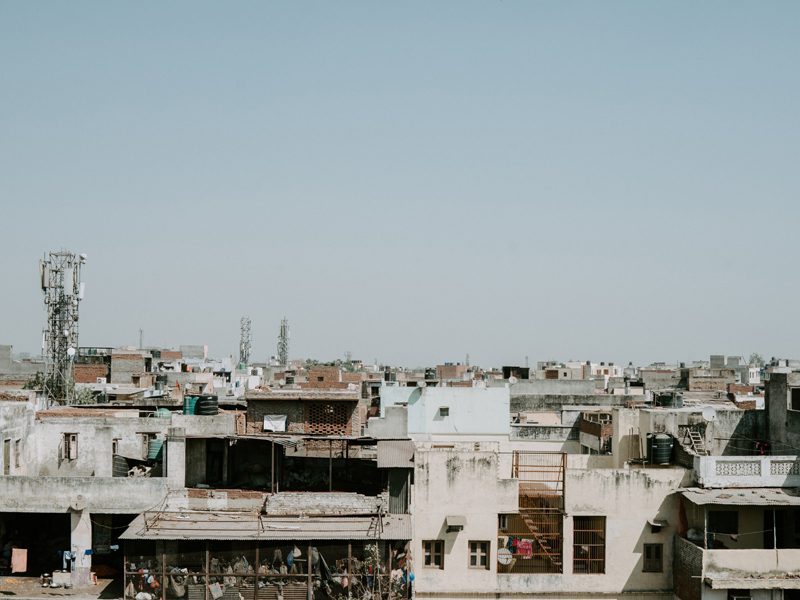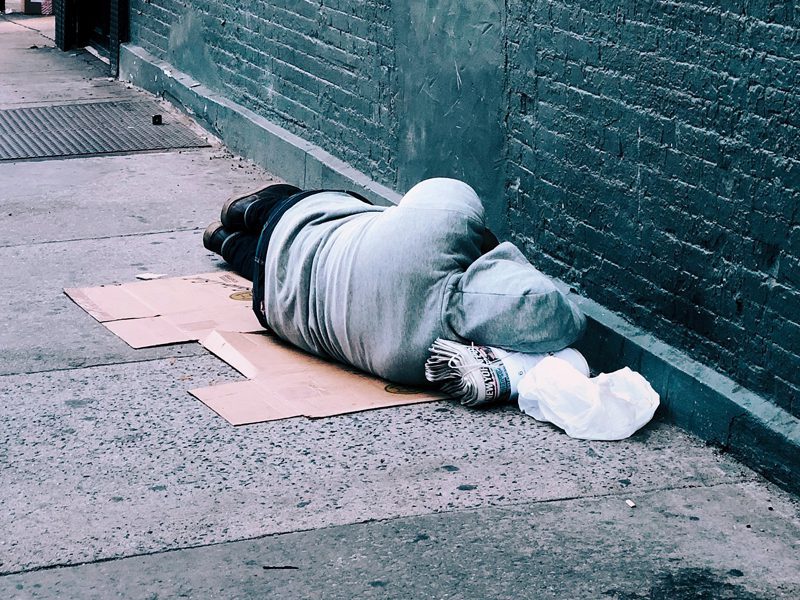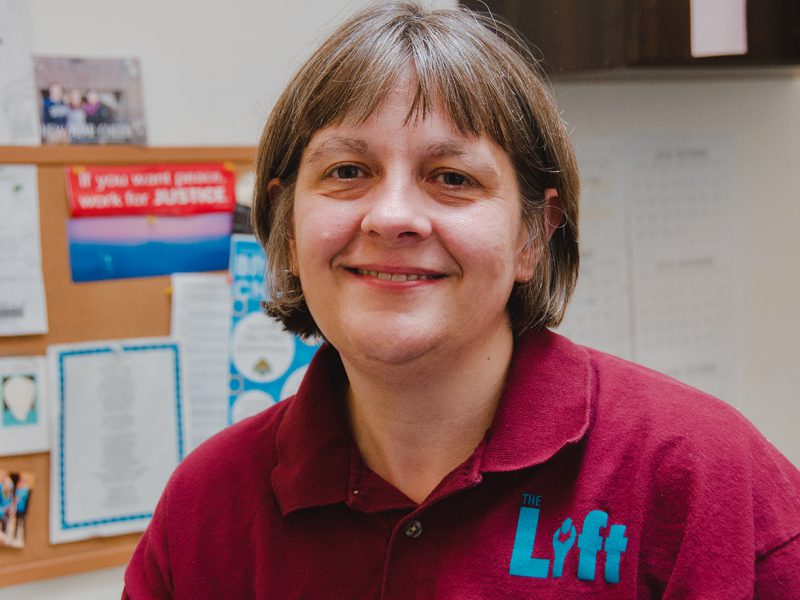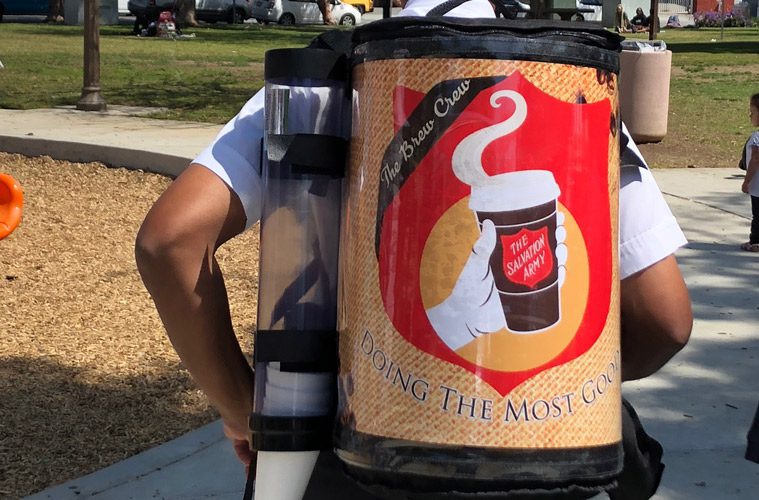A growing model contends that poverty isn’t something to simply “rise above” any more than exposure to lead or asbestos.
$1.6 trillion. It’s a figure so large, it’s hard to wrap your head around. It’s also the amount of money the U.S. spends each year on programs to help the poor.
While a basic eye test might tell you the sum should mean there’s plenty to go around—to make poverty in the U.S. something you merely read about in history books—a deeper look reveals a more sobering reality.
For all of the money the U.S. spends trying to help people in poverty, we don’t spend enough time trying to understand poverty itself.
Poverty has reached epidemic proportions, and the current U.S. system for addressing it is, on the whole, disjointed, unscientific and unsustainable.
Dr. Marcella Wilson, author of “Diagnosis: Poverty” (aha! Process, Inc., 2017) is out to change that. With three decades’ experience in healthcare administration, behavioral health, criminal justice and public sector programming, along with nonprofit management, Wilson has consolidated her insights into a single challenge to anyone working to alleviate poverty: What if we approached poverty as a “condition” that can be best treated by proper assessment, standards of care and quality-control measures, rather than as a character flaw?
Her organization, Transition to Success (TTS), provides training across the country on how to shift staff and volunteers’ understanding of economic and social deficiency. But it also gives communities the tools to modify their programming to reflect poverty as a curable disease rather than feeding the stigma that poverty is the outcome of bad habits and choices of the individual.
The TTS model focuses on what are called social determinants of health, which the CDC describes as “conditions in the places where people live, learn, work and play that affect a wide range of health risks and outcomes.” It’s a medical term that’s catching on quickly as studies continue to show the impact of factors like access to healthcare, unstable living conditions, hygiene and food insecurity on brain development.

According to Wilson, food deprivation is a prime example of how social determinants can take root from an early age.
“The research is irrefutable,” Wilson said. “Young kids exposed to intermittent food insecurity, even for just a short time, are at risk for compromised brain development—white matter, gray matter, hippocampus and amygdala development specifically are affected. Complicate all of this with the toxic stress that is a direct result of anyone facing food insecurity and impoverished states, and you can see the problem and disadvantage these children have right away just by being born into poverty.”
According to an article published by the Department of Community Health & Prevention at Drexel University School of Public Health, “any sustained interruption to [a child’s] nutrition or to their care, if not treated early, can result in irreversible damage to their development. As impoverished young children grow, they will be less likely to succeed in school and more likely to provide inadequate parenting. This will perpetuate the cycle of poverty and poor human development. The result is the perpetuation of another generation in poverty.”
So why does any of this impact how we serve the poor?
Well, where you come from and the environments to which you’ve been exposed greatly impact how you see the world. And if you’ve grown up in poverty, chances are you’re too busy surviving to make time to dream up a five-year plan.
As illustrated in Maslow’s Hierarchy of Needs, several items must be addressed—safety, shelter, security, food, warmth and rest—before one can focus on social factors such as self-esteem and self-actualization, along with the ability to hope and strive for something better. Perhaps, all along, Wilson suggests, we’ve been asking the wrong question. Instead of asking, “what’s wrong and why are you here?” the TTS model simply asks, “what’s your dream?”
In her book “Diagnosis: Poverty,” Wilson writes, “Hope is the special sauce, the rocket fuel, the not-so-secret ingredient that can change everything. But dreaming and hoping alone don’t change reality. As noted, vision without backbone is merely hallucination. Inspiring others to dream is the easy part. To be effective, it must be followed by support, advocacy and accessible pathways to overcome the plethora of obstacles required to improve the health and economic self-sufficiency.”
To distill that hope into something tangible, it’s critical to immediately address the client’s basic needs of food and shelter, maximizing and accessing every available service for food, clothing, shelter and healthcare. Most populated areas have well-intentioned programs in place to offer services such as healthcare and nutritious food. In Wilson’s experience, however, it’s not as simple as each town merely having a food bank and Medicaid.
“The availability of a service does not mean access to that service necessarily because of many factors such as where you live, your access to reliable transportation and even the times of day the pantry—for example—are open,” Wilson said. “After all, a program is no good if you don’t give people the tools to use them.”
According to the TTS model, government, human services, healthcare, education and even faith-based entities must all work together to create a singular reporting system so that there can be a continuation of reformation in clinical pathways intended to treat this ever growing disease. There must be a measure and standard of care across all platforms of help to make a true change and to eradicate the unnatural living state of poverty. This requires many sectors working together as a team for the greater good.
– Visit transitiontosuccess.org to learn more about the system.
Since 2016, TTS has been successfully implemented in: Detroit, Michigan; Oakland County, Michigan; two islands (soon to be four) in Hawaii; Memphis, Tennessee; Salina, Kansas; New Orleans, Louisiana; and Wisconsin; and with consideration to onboard the program in Chicago, Illinois, and Traverse City, Michigan.
With the increasing knowledge of the social determinants of health—such as food disparity among other environmental conditions—coupled with the programming and data collection that TTS offers communities, a long overdue paradigm shift may be well on the way as the human service and medical sectors work together to eradicate poverty once and for all.

















